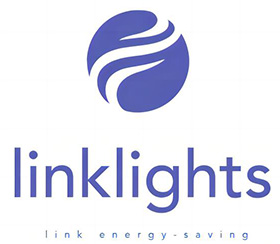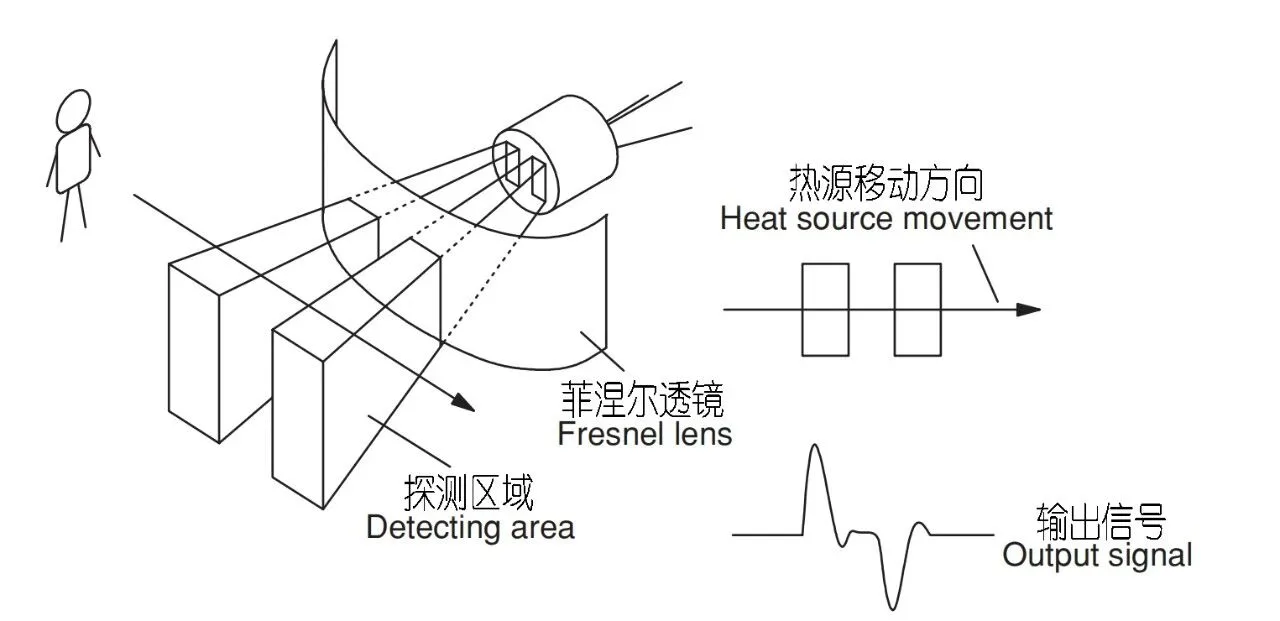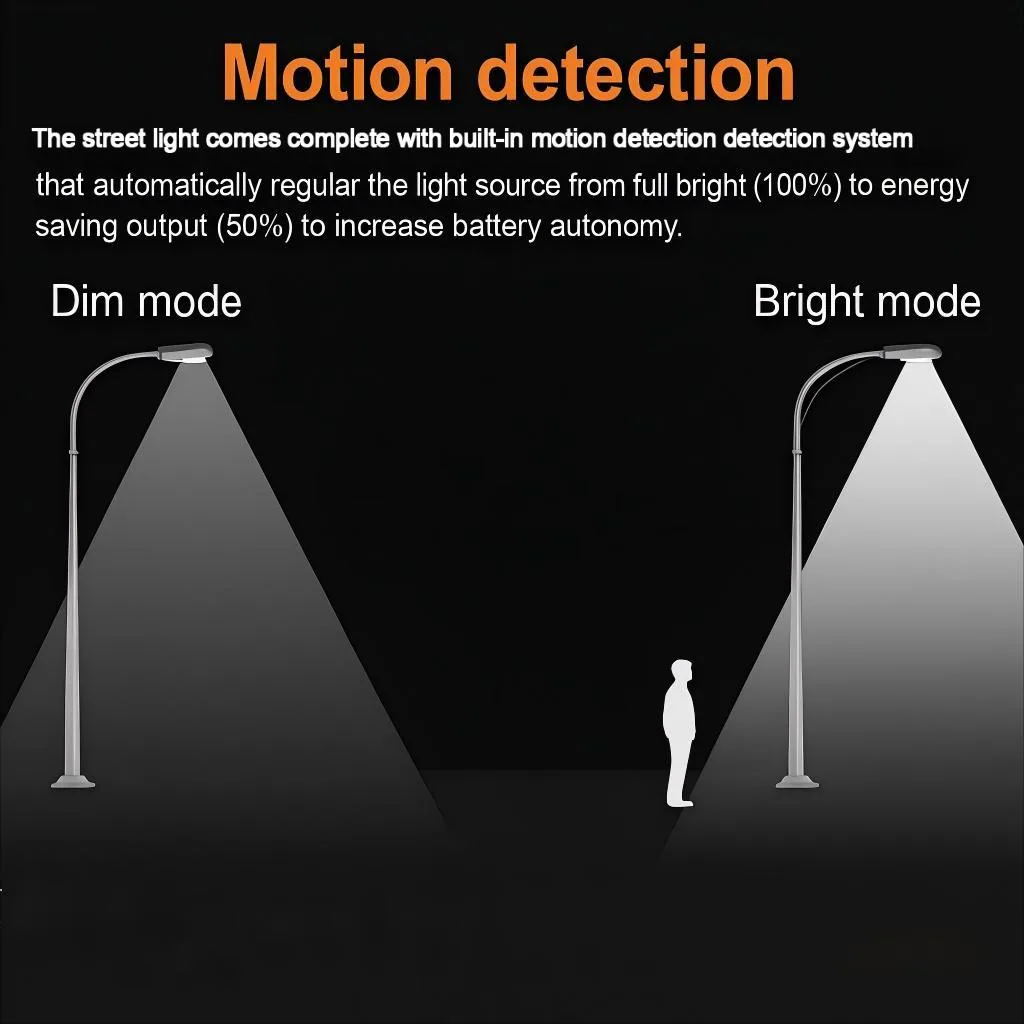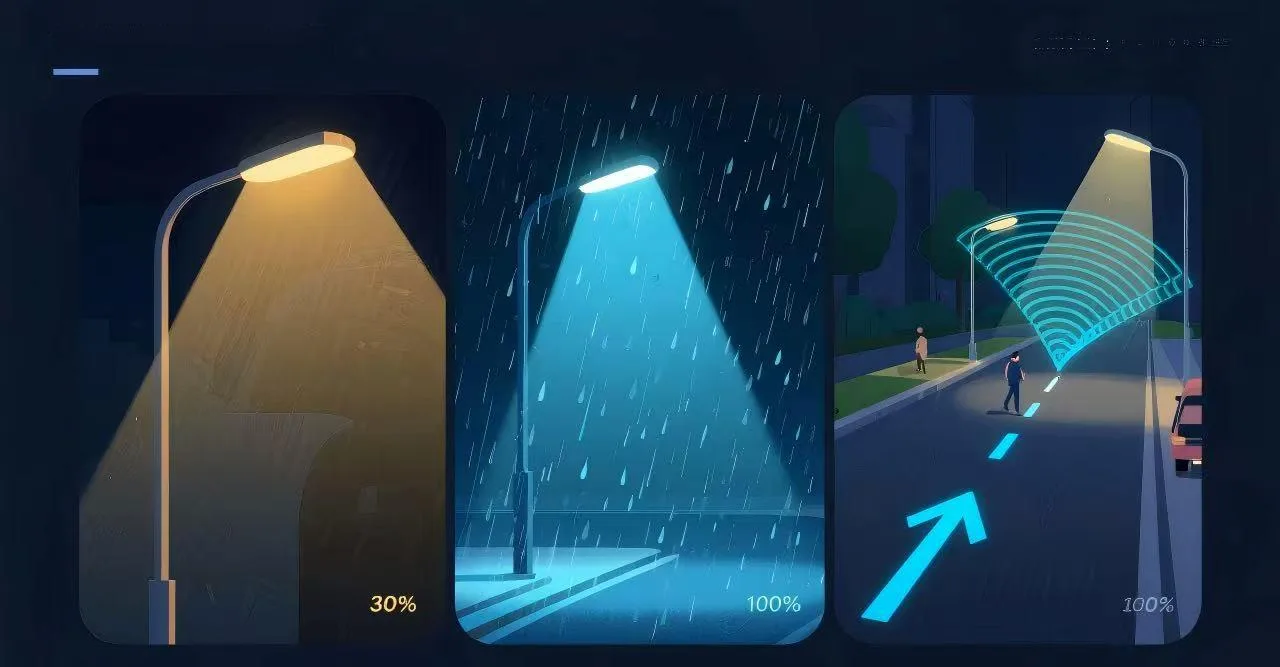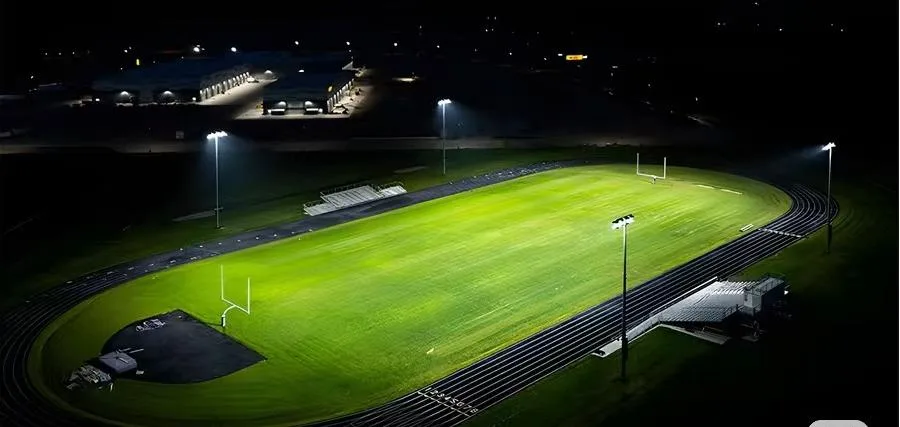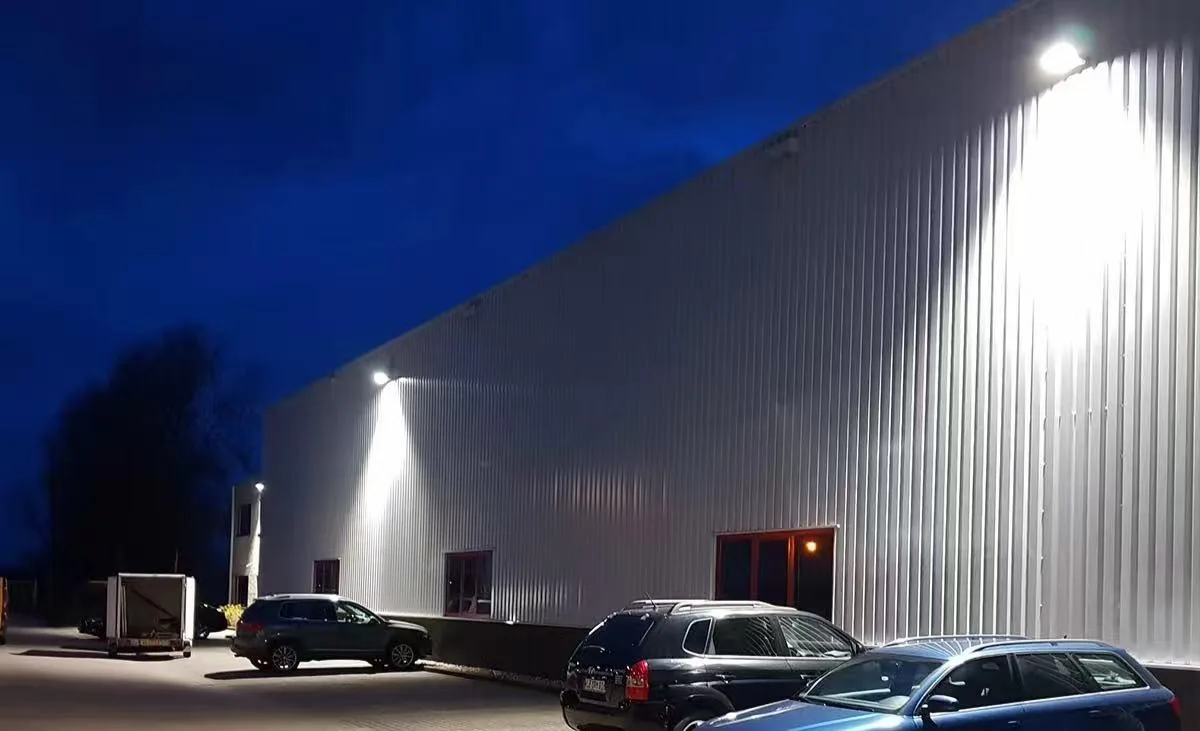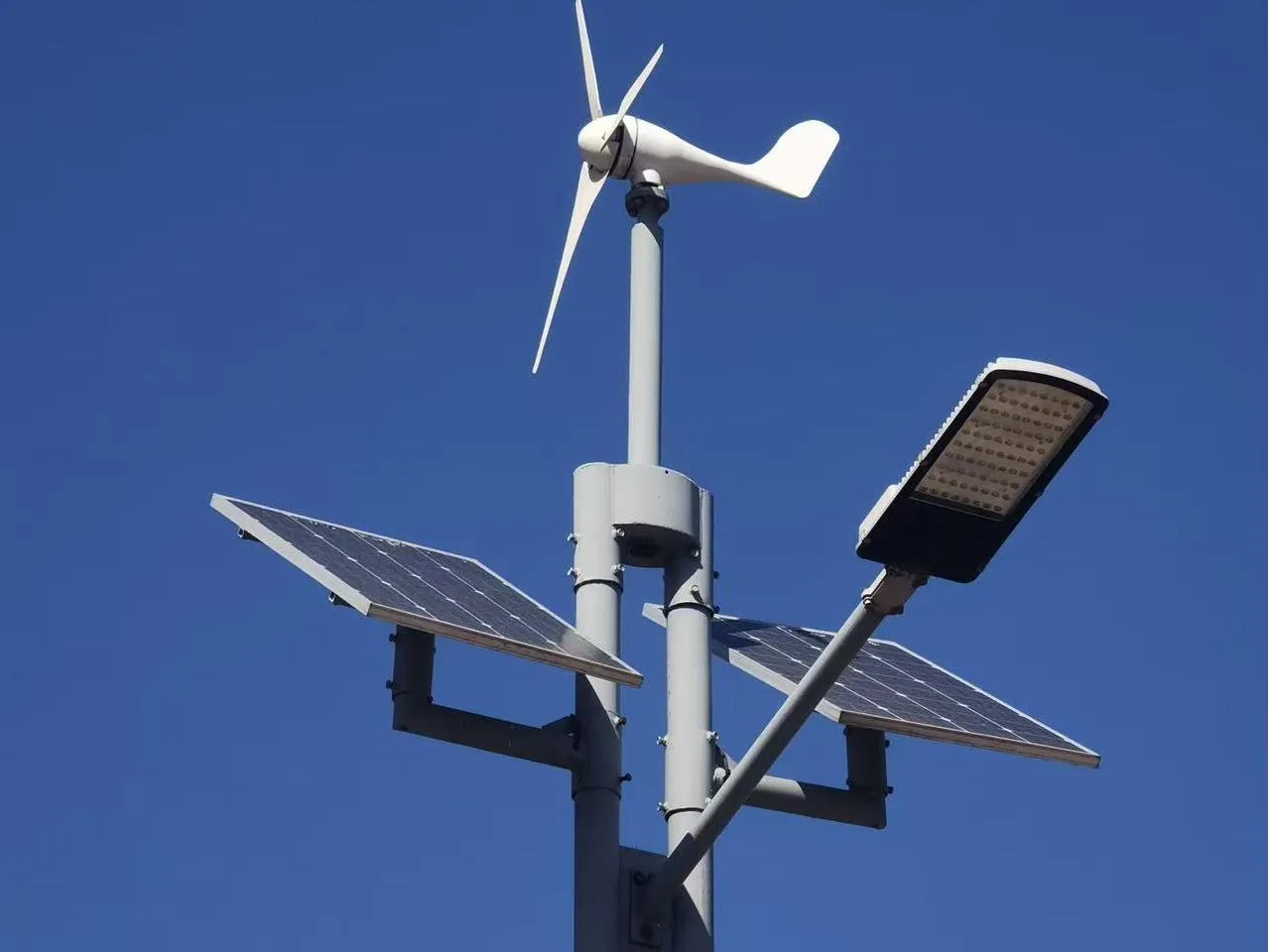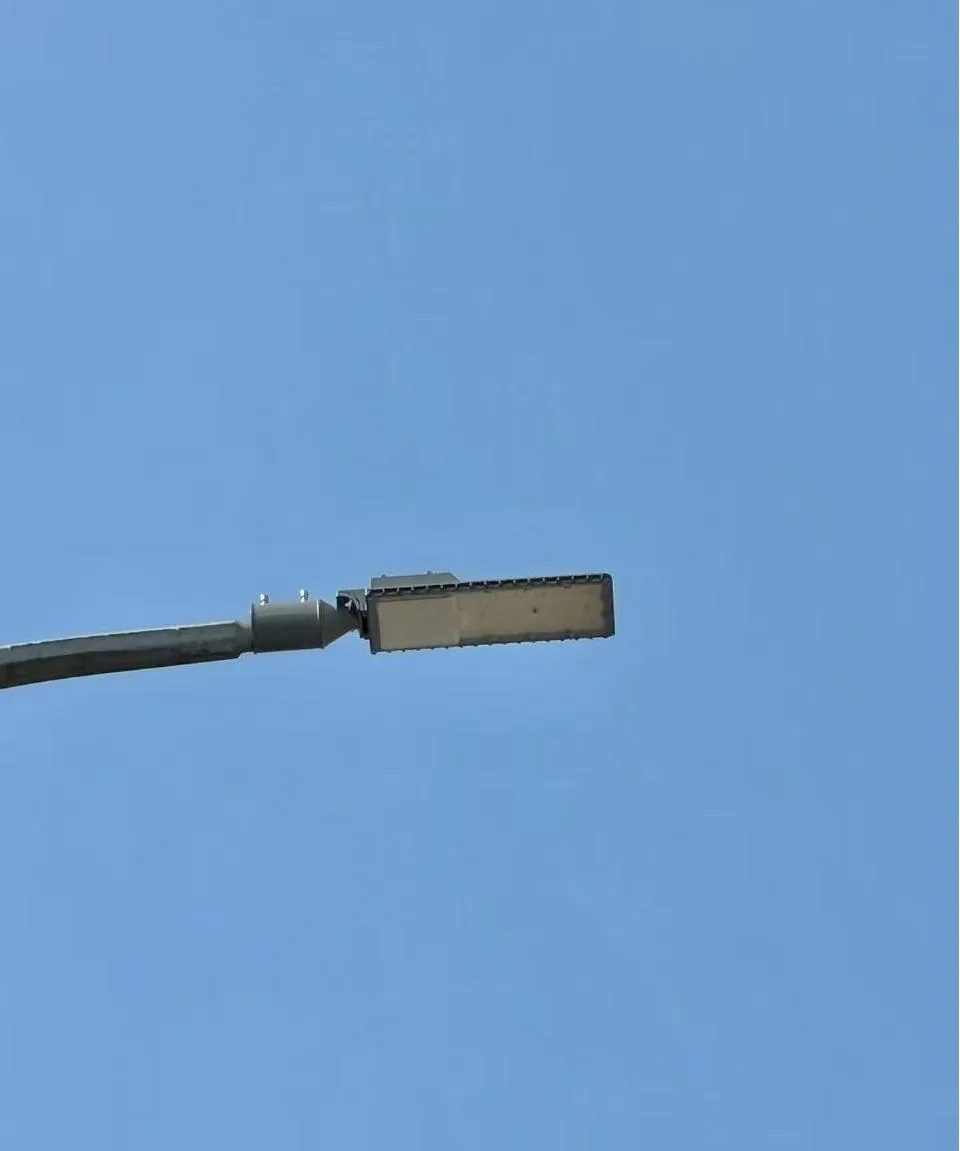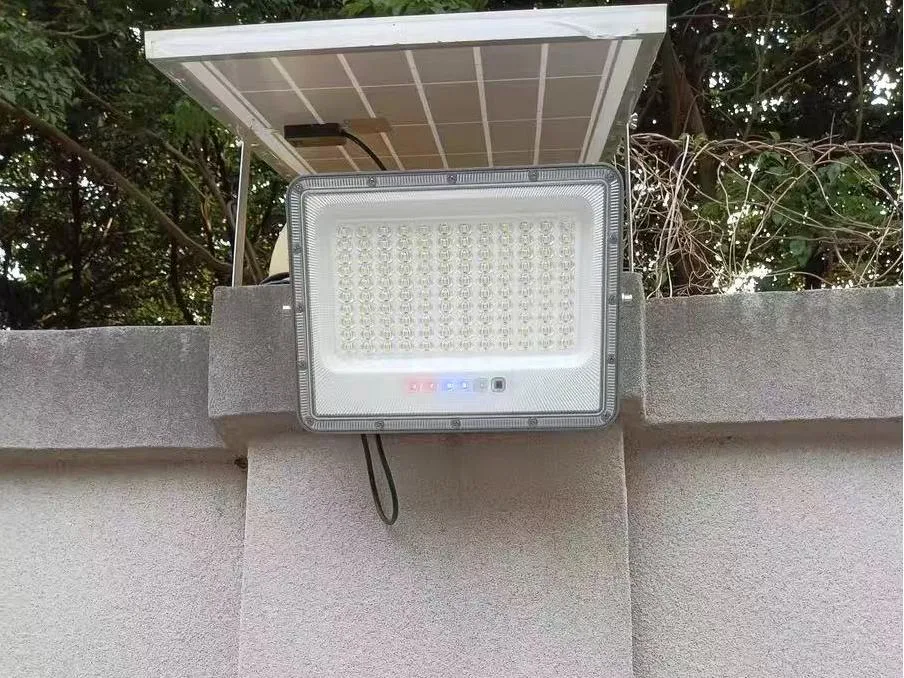Outdoor motion sensor lights were once simple home products. Today, they are important tools for industrial safety, city lighting, and smart facility management. They help people see better, use less energy, and improve security in places like warehouses, logistics centers, public walkways, and company campuses.
For procurement managers, lighting designers, and engineering teams, it is important to know how these systems work, how they connect with LED drivers and control networks, and how to check their long-term reliability.
The sections below explain the main technologies and the key things to consider when choosing motion-sensor lighting for industrial and municipal projects.
How Outdoor Motion Sensor Lights Work
Many basic guides say motion sensor lights work like this: “The PIR sensor detects heat, and the light turns on.”This is true for simple home products, but industrial and municipal outdoor systems are more complex.
A full system includes several parts:
sensor module → LED driver → light optics → communication protocol → system integration
Each part affects how well the light detects motion, how reliable it is, and how much it costs to run over time.
Knowing this helps you choose the right motion-sensor lighting for professional projects.
Sensor Technologies for Professional Motion Detection
PIR (Passive Infrared)
PIR (Passive Infrared) sensors detect people without contact. They use the pyroelectric effect to notice changes in infrared heat. When a person enters the sensing area, the heat pattern shifts, and the sensor’s pyroelectric elements create a small signal. This signal is amplified and checked against a fixed threshold. If the change is strong enough, the system confirms motion and turns on the light or sends a control command.
PIR Performance and Limits in Outdoor Lighting
PIR sensors detect motion by sensing changes in heat. When a person or object moves, the infrared pattern changes, and the sensor compares this change to confirm real movement. PIR sensors work well in cool and warm outdoor weather, use very little power, and produce fewer false alarms than microwave units. They are a strong choice for short-range outdoor lighting.
But PIR has limits. Its sensitivity drops when the air is close to body temperature. It does not detect far distances and performs poorly in heavy rain, fog, or strong sunlight. It is also not suited for fast-moving traffic or wide open areas. PIR works best in small to medium outdoor spaces such as home paths, gardens, campus walkways, and building entrances.
Microwave Sensors (Doppler Radar)
Microwave radar sensors detect movement by sending out microwave pulses and reading the changed signal that comes back. When mounted on a lamp pole, the sensor covers a 6–10 meter area. If a person or car enters this zone, it signals the street light to change from dim mode (10%–50% power) to full brightness. When the area is empty, the light returns to low power. This “light when needed” system helps cities and factories save significant energy during nighttime low-traffic hours.
Microwave Radar Performance and Limits in Outdoor Lighting
Microwave sensors work well outdoors because they do not need heat to detect movement. They can still sense motion in rain, fog, and cold weather. Their long sensing range and ability to pick up movement through thin obstacles make them useful in large or partly blocked places such as parking lots, loading docks, industrial yards, and warehouse walls.
But microwave sensors can also cause false triggers. Radar waves may bounce off metal objects, passing cars, or moving machines. Even swaying trees or loose items can set off the sensor if the sensitivity is too high. To keep the system steady, installers must set the right mounting height, angle, and sensitivity. In many outdoor lighting projects, microwave sensors are used together with PIR sensors. This dual-tech design keeps long-distance detection while lowering false alarms.
Dual-Tech (PIR + Microwave)
Dual-tech sensors use PIR and microwave detection in one device. The PIR part senses heat changes, and the microwave part senses movement. The light turns on only when both signals match. In outdoor lighting, the lamp stays in dim mode (10%–50% power) until a person or car enters the area. When both sensors confirm the motion, the light switches to full brightness. After the area is empty, it goes back to low power. This double-check design improves accuracy, reduces false triggers, and keeps outdoor lighting stable and energy-efficient.
Dual-Tech Performance and Limits in Outdoor Lighting
Dual-tech sensors work well outdoors because they use two sensing methods to confirm real movement. The PIR part helps reduce false triggers from wind, trees, or sudden temperature changes. The microwave part gives longer range and reliable detection in rain, fog, and cold weather. This makes dual-tech sensors a strong choice for entrances, walkways, parking lots, and semi-open areas where lights must respond quickly and stay reliable.
But dual-tech sensors still need correct setup. If the microwave side is set too sensitive, metal objects, passing cars, or moving machines can create extra triggers. The PIR side may also perform poorly if blocked or facing strong sunlight. To keep the system stable, installers must set the right mounting height, angle, and sensitivity for both parts. When adjusted properly, dual-tech sensors offer long-range detection with far fewer false alarms than using only PIR or only microwave.
Sensor → Driver → Luminaire Architecture
Professional outdoor motion sensor lights rely on synchronized components:
Sensor Module
the sensor module, the detection range (about 10–20 meters), the sensing angle (120°–180°), the delay time, and the sensitivity and filtering settings.
When these parts are set correctly and work at the same time, the light can detect motion more accurately, avoid false triggers, and stay stable in outdoor conditions.
Programmable LED Driver
It converts sensor commands into 0–100% dimming, smooth ramp-up and ramp-down transitions, and flicker-free operation for CCTV, ensuring full compliance with IEEE 1789.
Luminaire Optics
It uses asymmetric Type II, III, or IV light distributions, multi-lens optical arrays, and durable PMMA or PC lenses.
Communication Protocols
Relay, 0–10V, DALI-2, PWM, and Zigbee are common control methods used in outdoor lighting systems, while LoRaWAN and NB-IoT are typically applied in smart-city platforms for long-range, low-power communication.This enables integration with CCTV systems, access control, energy dashboards, and lighting management platforms.
IoT Integration and Smart-Security Synergy
Modern outdoor motion sensor lights support intelligent infrastructure by offering Zigbee flood lights for campus-wide networks, LoRaWAN nodes for municipal smart-city monitoring, NB-IoT modules for remote diagnostics, API integration with CCTV systems to trigger recording, and automated alerts through building management systems. These capabilities turn a basic lighting fixture into a data-driven tool for safety and energy management.
Why Motion Sensor Lights Matter for Industrial, Commercial, and Municipal Projects
Outdoor motion sensor lights offer powerful operational benefits that extend far beyond convenience lighting.
Energy Efficiency Through Motion-Based Dimming
Using motion detection rather than fixed dusk-to-dawn illumination can reduce energy consumption by 55–70%.Example scenario:
A 120W flood light running 12 hours per night → 1.44 kWh/night.
With motion-based dimming (30% baseline → 100% when triggered):
0.45–0.65 kWh/night.Scaled across a factory, campus, or logistics center, savings become significant.
Enhanced Security and Visibility
In industrial and municipal areas, outdoor lighting is a key part of nighttime safety. Bright and even illumination helps security patrols see clearly, reduces blind spots around fences and loading zones, and discourages unauthorized activity before it happens. Strong lighting also improves CCTV images, making people and vehicles easier to identify. For workers and pedestrians, well-lit paths support safe movement at night. Motion-sensor lighting increases brightness only when activity is detected, cutting energy use and lowering light pollution while still keeping the area safe.
Automation and Compliance
Outdoor motion sensor lights help industrial and municipal sites meet key compliance needs. They support EN 12464-2 lighting requirements by raising light levels only when movement is detected, improving visibility for public paths, parking areas, and building entrances. They also help organizations reach energy and ESG goals by cutting wasted power and recording real energy use for reporting. Motion-sensor lighting fits easily into building management systems, allowing automated night-time control, safety checks, and energy monitoring.
Application Scenarios
Motion sensor lighting outdoor is used across many industrial and municipal sites. Industrial areas such as warehouse loading docks, high-dust yards, chemical plants, and security perimeters need reliable detection for night work and safety patrols. Municipal locations—campuses, public walkways, parks, community roads, and parking areas—use outdoor motion lighting to improve visibility while saving energy. In harsh environments like coastal salt spray, high humidity, desert heat, and freeze–thaw regions, the sensors and LED housings must resist corrosion, moisture, and extreme temperature changes to stay accurate over time.
Professional Configurations and Application Scenarios
Motion sensor lights used in B2B environments differ from consumer-grade products. Below are the configurations commonly selected for engineering projects.
Hardwired AC Motion Sensor Flood Lights
Suited for industrial yards, warehouse exteriors, parking lots, and perimeter walls, outdoor motion-sensor flood lights must handle wide areas and tough conditions. These sites need high-power LED modules, long detection range, and stable sensing at night. Many systems run on AC100–277V for general sites or AC200–480V for heavy-duty industrial grids. Strong housings with IK08–IK10 impact protection and waterproof designs ensure reliable operation in rain, dust, and harsh environments. These features make outdoor motion-sensor flood lights a practical choice for large spaces that need both safety and energy savings.
High-Power Motion Sensor Flood Lights
Outdoor motion-sensor flood lights used on 10–18 m poles in ports, container yards, and large industrial compounds need stronger detection and higher stability than small-area lights. These high-mount setups require dual-tech sensors to cover long distances and reduce false alarms caused by wind, vehicles, or moving equipment. Anti-false-alarm filtering helps the system respond only to real motion, even in harsh weather. Strong optical control is needed to push light to the ground from tall poles, and flicker-free drivers ensure clear visibility for CCTV and safe night-time operations.
Solar Motion Sensor Flood Lights
Solar motion-sensor street lights are widely used on off-grid rural roads, community paths, B2G tender projects, and small municipal networks. These sites need stable performance without wired power. MPPT controllers improve charging efficiency and keep the battery full even in low-sunlight seasons. PIR dimming raises the brightness when people or vehicles appear, helping save energy and extend battery life. LiFePO₄ batteries offer long cycle life and safe operation in hot climates. IP66–IP67 housings protect the system from rain and dust, making the lights reliable for long-term outdoor use.
OEM/IoT Sensor Modules
Professional lighting integrators often need motion sensors that can be adapted to different sites. Replaceable sensor heads make it easy to change detection type or upgrade hardware without replacing the whole fixture. Adjustable detection zones help control how far the sensor reaches, which is important for streets, campuses, and warehouse perimeters. Many projects also require Zigbee or DALI-2 so the sensor can connect to smart lighting networks. For solar street lights, low-voltage DC sensor modules are needed so the system can run safely on off-grid power.
Engineering Buying Guide
What Professional Buyers Must Evaluate.This chapter summarizes the most important engineering parameters to check before approving a lighting project.
Sensor Performance
Key criteria for outdoor motion-sensor lighting include a detection distance of 10–20 m and a sensing angle of 120°–180°, which help cover wide areas like parking lots, yards, and walkways. Anti-false-trigger algorithms reduce unwanted activation from wind, animals, or moving shadows. Adjustable hold time lets the light stay on long enough for people or vehicles to pass without wasting energy. Sensors must also respond consistently across hot and cold temperatures, since outdoor sites face major seasonal changes. Together, these factors determine the accuracy and energy-saving performance of the motion-sensor system.
Engineering-Level Specifications
Professional outdoor motion-sensor lights must meet strict durability and electrical standards to survive long-term industrial and municipal use. IP65–IP67 protection keeps the sensor and LED housing safe from dust and heavy rain. IK08–IK10 impact ratings help the fixture resist vandalism and accidental hits in public areas. Surge protection of 4 kV to 10 kV is needed for lightning-prone regions and unstable power grids. EMI/EMC compliance prevents interference with CCTV, radios, and wireless networks. A wide operating temperature range of –30°C to +50°C ensures reliable performance in winter cold, desert heat, and coastal climates. Together, these specifications protect the system and extend its service life.
System Integration
Outdoor motion-sensor lighting must work with different control systems used in industrial and municipal projects. Most fixtures need compatibility with 0–10V, DALI-2, PWM, Zigbee, or long-range options like LoRaWAN and NB-IoT for smart-city platforms. They must also support flicker-free output for CCTV cameras and connect with MPPT solar controllers in off-grid systems. Motion events can trigger camera recording, gate access alerts, or security notifications, helping sites improve monitoring and respond quickly to activity at night.
Lifetime & Reliability
Reliable outdoor motion-sensor lighting must use tested components to avoid early failure in industrial and municipal sites. LM-80 certified LEDs and TM-21 lifetime projections help ensure long LED life in high-temperature outdoor use. High-MTBF drivers reduce outages and lower maintenance costs. Corrosion-resistant housings and UV-stable lenses protect the fixture from rain, sunlight, and harsh climates. Salt-spray resistance is also important for coastal areas and chemical-heavy zones. These durability features keep the lighting system stable in demanding environments.
Risks, Limitations & Maintenance Strategies
Motion sensor lights are effective but not flawless. Knowing the limitations helps prevent on-site reliability issues.
Technical Limitations
Outdoor motion sensors face several reliability challenges in real sites. PIR sensors lose sensitivity in high-temperature regions where the air is close to body temperature. Microwave sensors can react to metal vibration, vehicle movement, or shifting equipment, which may cause false alarms in industrial yards. Dust and moisture can also affect the sensing window and reduce detection accuracy over time. LED drivers often fail earlier than the sensors because they face heat, surge, and long operating hours. Solar versions depend heavily on battery capacity, which limits brightness and run time in cloudy seasons. These issues must be considered when choosing sensors for long-term outdoor use.
Environmental Risks
Motion sensor lights can degrade quickly in harsh outdoor environments such as coastal salt-spray areas, industrial zones with corrosive fumes, heavy rainfall regions, high-UV climates, and extreme cold. Salt and chemicals can damage metal parts, while UV exposure weakens lenses and seals. Rain and moisture affect sensors and driver stability, and freezing temperatures reduce battery and electronic performance. To stay reliable in these conditions, outdoor lights need IP67 housings, anti-corrosion coatings, UV-stable lenses, and strong sealing to prevent water and dust from entering.
Predictive Maintenance Strategies
Outdoor motion-sensor lighting needs regular upkeep to stay accurate. PIR and microwave lenses should be cleaned every quarter to remove dust that can block detection. Fixtures must be checked for water ingress or condensation, which can damage sensors and drivers. Detection zones should be recalibrated each season as temperature and outdoor conditions change. Solar versions require battery replacement based on cycle life to keep nighttime brightness stable. Runtime data from smart-city platforms can also show early signs of failure. These steps support predictive maintenance, extend service life, and improve reliability in industrial and municipal sites.
FAQs
Here we address common user questions while naturally covering Secondary Keywords.
1.Flood light vs spotlight—what’s the difference?
Flood lights = wide beam; spotlights = narrow, long-distance focus.
2.What is the best outdoor motion sensor light?
Dual-technology AC-powered flood lights provide the most reliable detection and strong illumination.
3.Can motion sensor lights work with cameras?
Yes. Flicker-free drivers are essential to avoid CCTV banding.
4.Do outdoor motion sensor lights work in winter?
Microwave models perform well in low temperatures; PIR may become less sensitive.
5.Can motion sensor lights be used for Christmas lighting?
Yes, but decorative RGB flood lights have short service life and are not suited for industrial use.
Why Choose LinkLights
LinkLights provides motion-sensor lighting solutions built for industrial, commercial, and municipal projects rather than consumer use. Our systems combine advanced optical design with high-accuracy sensing to deliver stable performance in harsh outdoor environments. We use LM-80 certified LEDs, programmable drivers, and IK10/IP67 housings with strong corrosion resistance to handle dust, rain, impact, and temperature changes. For large projects, we offer full photometric simulations to meet lighting codes and ensure proper coverage. OEM and ODM services allow integrators and distributors to customize functions, optics, and control interfaces. All solutions focus on long-term reliability, safety, and reduced OPEX for professional sites.
Conclusion
Outdoor motion sensor lights are now essential components of modern infrastructure. Their value lies not only in illumination but also in energy management, automation, and integrated security. By understanding motion-sensing technologies, evaluating engineering specifications, and applying correct maintenance strategies, B2B buyers can deploy systems that deliver consistent, reliable performance for years.
